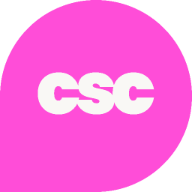Online communities have become a cornerstone of customer engagement and support for many SaaS organizations. However, proving these communities' return on investment (ROI) remains a challenge for many organizations.
As community managers, we often know intuitively that our work is valuable, but intuition isn't enough to secure budget and resources. This is where data becomes our most powerful ally. Using the right metrics and analytics can transform community engagement into tangible business outcomes, speaking the language of executives and stakeholders.
Let me share how we did just that at a past company of mine, turning our community data into a compelling story of ROI. Keep reading to:
- Understand our community journey
- See how we measured ROI
- Building a community strategy
- Discover engagement strategies that worked
- Learn how to tie community to revenue
- Showcased results
- Created an engaged community with few resources
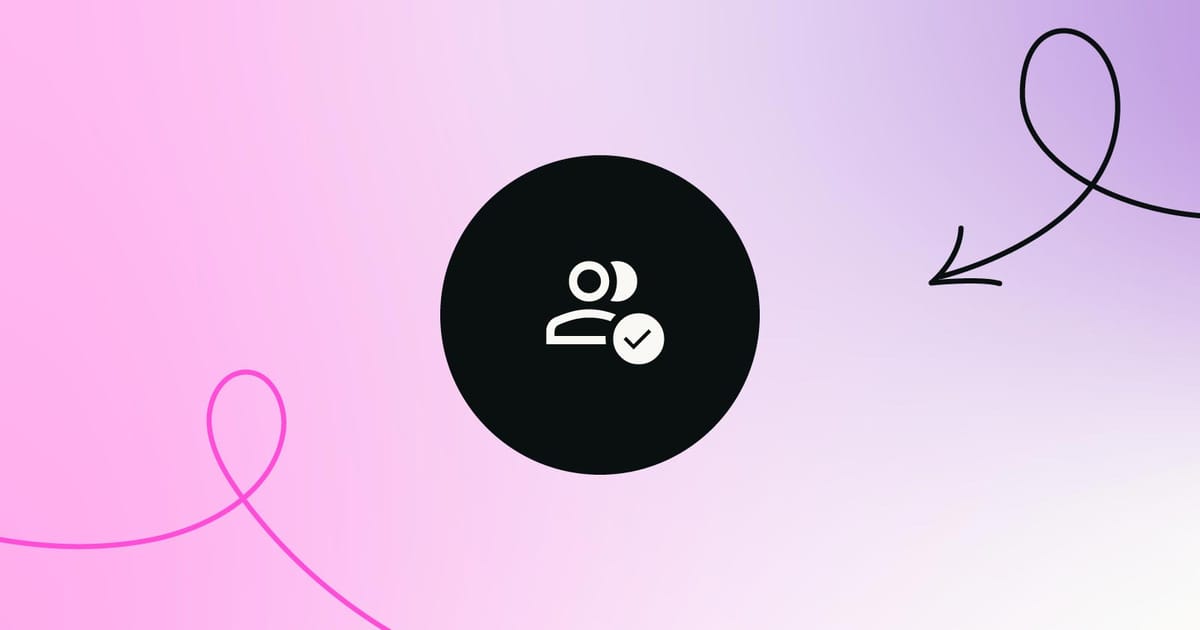
Community management and its journey
When I joined my last company as the Director of Customer Engagement and Community in 2020, I was tasked with a challenge that many community professionals dream of - building a community practice from the ground up.
Fast-forward to today and I'm excited to share our journey of creating a thriving customer community and, more importantly, how we've managed to prove its ROI to our key stakeholders.
The journey hasn't always been easy, but it's been incredibly rewarding. When I started, I knew that building a community wasn't just about creating a space for our customers to interact. It was about creating value – for our customers, for our partners, and ultimately, for our brans.
And that's what I want to share with you: how we built our community, measured its success, and proved its value to our stakeholders.
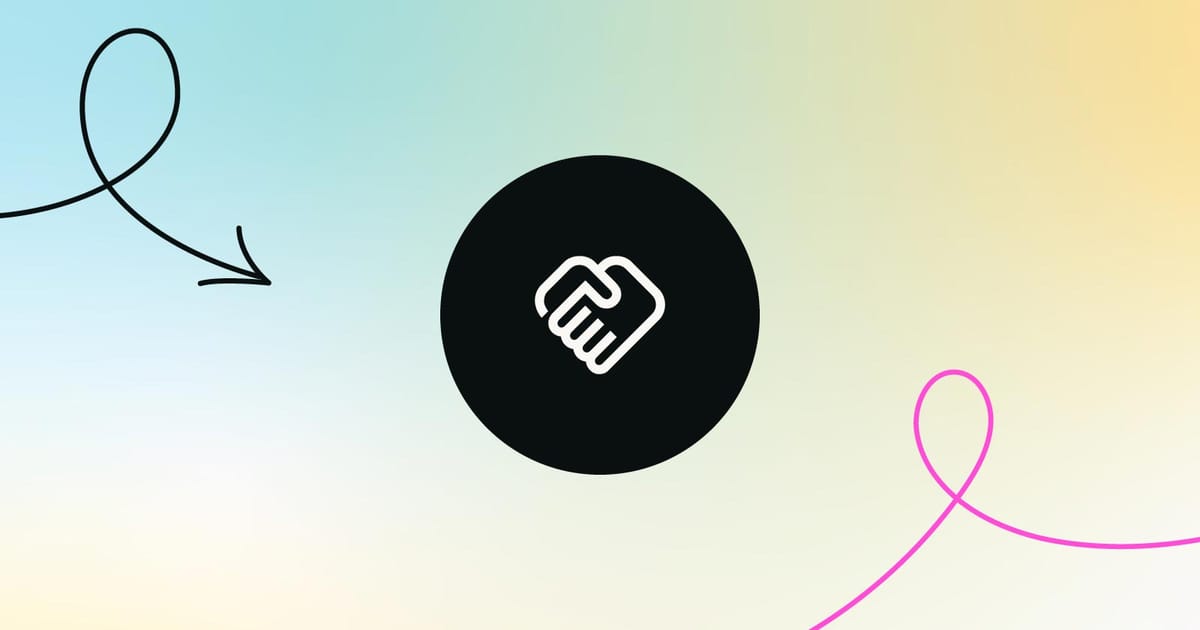
How we measure community ROI
Before we dive into the ins and outs of community ROI, let me give you a quick overview of the kind of company I was at. We were a company that specializes in unifying customer data across different systems.
Think about it this way: in a large company, you might have customer data spread across Marketo, Salesforce, and various other CRMs. Each system might have a slightly different version of who a customer is – Chris Detzel, chris.detzel, Christopher M. Detzel, and so on.
What we did was connect all these systems, cleanse and enrich the data, and create a "golden record" of who each customer really is.
At the time, we served about 150 customers – big names like AstraZeneca, Pfizer, and Marriott. Our customers were typically large enterprise companies with a lot of money spent with us, which gives you an idea of the scale we're dealing with. These were large, enterprise-level companies with complex data needs.
Understanding this context is crucial because it shaped the kind of community we needed to build. We deal with technical users from large enterprises, and our community needs to cater to their specific needs and challenges. Our users were often managing intricate data integration issues, and they need a space where they can share knowledge, get support, and learn best practices.
Given the high-stakes nature of our product (remember, we're handling critical customer data for major corporations) building trust and fostering strong relationships with our customers is paramount. Our community isn't just a nice-to-have; it's a critical component of our overall customer success strategy.

Building a community strategy: Starting small, thinking big
When we kicked off our community initiative in early 2021, I knew we had to start small but think big. We chose Higher Logic as our community platform for the online portion, but I always tell folks, "When you start a community, there's a lot of things you got to do, but I always tell people, from a data standpoint, be kind to yourself."
What do I mean by that? Well, in the beginning, don't try to accomplish all these metrics at once. Start simple. For us, that meant focusing on two key metrics: registrations and page views. These gave us a baseline to work from and allowed us to build more complex metrics as we grew.
But while we started with simple metrics, we always had our eye on the bigger picture. From the beginning, I knew that to truly prove the value of our community, we'd need to tie it to business outcomes. That meant thinking about how community engagement could influence things like customer retention, product adoption, and even sales pipeline.
We also knew that building a community wasn't just about launching a platform and hoping people would show up. It required a strategic approach to content, engagement, and value creation. We needed to give our members reasons to join, reasons to stay, and reasons to actively participate.
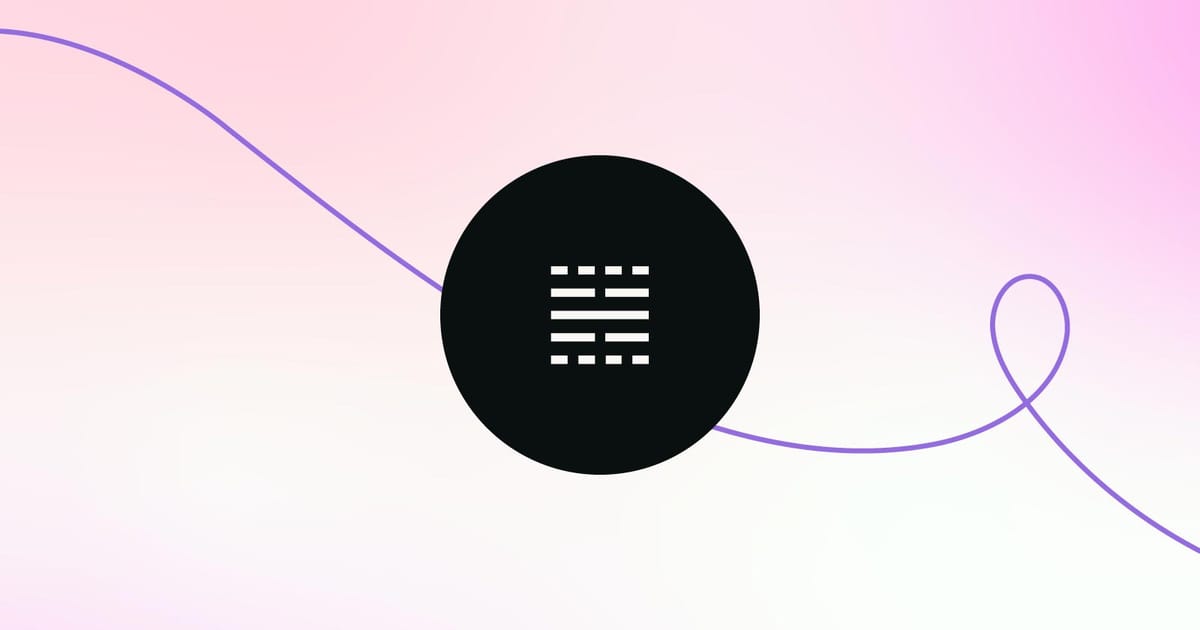
Community engagement requires you to go beyond forums
From the start, I knew that engagement would be key to our community's success. We didn't want to just set up forums and hope for the best. Instead, we developed a multi-pronged approach to customer community engagement:
Forums
Yes, we had them, but they're just one piece of the puzzle. Our forums allowed customers to ask questions, share insights, and connect. But we knew we needed more than just forums to create a truly vibrant community.
Live webinars
I prefer to call these "shows" because, let's face it, webinars are boring. These live shows were a key tactic for us to really engage our users. We covered technical topics, bring in expert speakers, and create opportunities for real-time interaction. It's a great way for our users to connect, our product managers, and our partners.
These shows, in particular, were a game-changer for us. They're always live, which creates a sense of immediacy and allows for real-time interaction. We averaged about 80 to 100 live attendees per show, which is fantastic engagement for a B2B community like ours.
We also made sure to promote these events heavily. People will get FOMO and want to come to these things.
Blogs
We had a program that allowed our partners, employees, and even customers to write blogs about our product or technical topics. This user-generated content not only provides valuable insights for our community but also helps with SEO, driving more traffic to our community platform.
Podcast
We also started a podcast as another channel to connect with our community. It allowed us to dive deep into topics that matter to our users and provided yet another touchpoint for engagement.
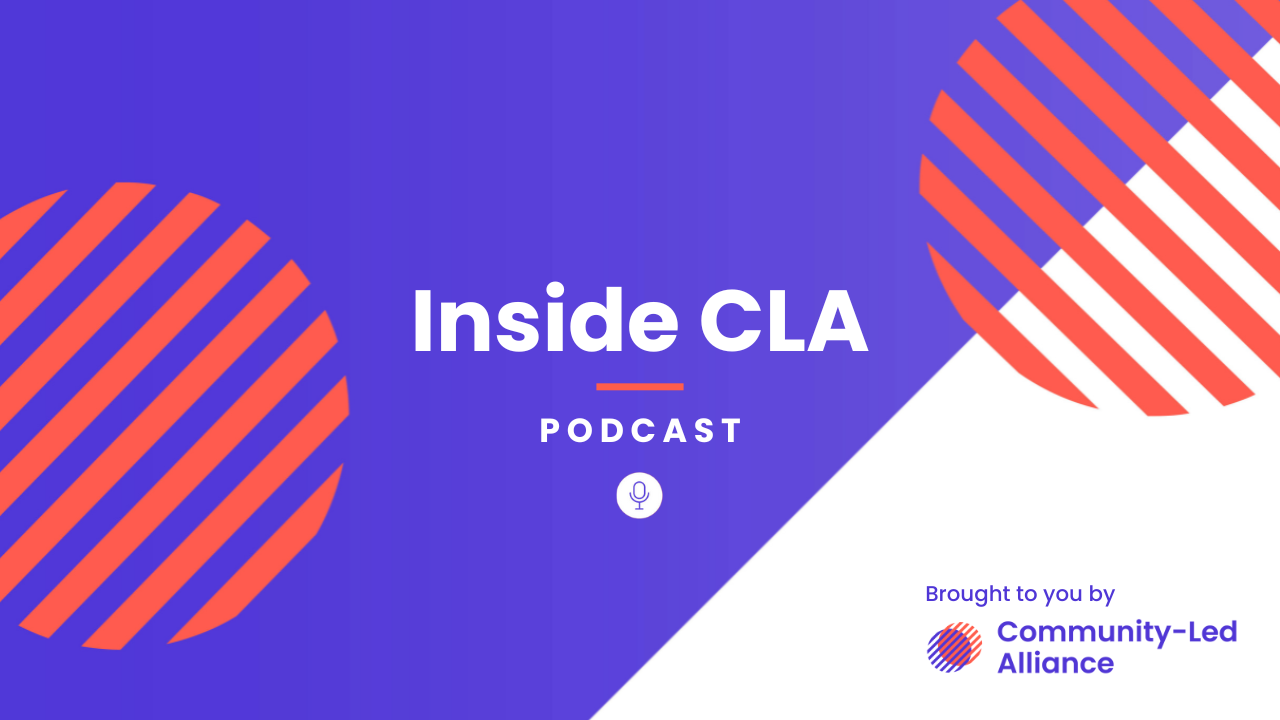
By consistently showcasing the value of our community through our digital products, we created a virtuous cycle where more people want to participate, leading to even more valuable interactions.
Tying community to revenue
Now, here's where things get really interesting. As our community grew, we knew we needed to go beyond just tracking engagement metrics. Don't get me wrong – those are important. But what our marketing team, our product team, and our executives really wanted to know was:
How is the community affecting our key business outcomes?
That's why we worked hard to tie our community activities to tangible business results. We automated our reporting, connecting community interactions from Higher Logic to Tableau. This allowed us to understand how community engagement is affecting renewals, expansion, and pipeline.
We also implemented what we called an ABX model – that's account-based experience – for tracking expansion opportunities. This model allowed us to see how online community activity and our live shows were influencing both expansion within existing accounts and net new business.
One of the key things we tracked wass how community engagement influences our sales pipeline. We looked at things like:
- How many community members from a particular account are attending our live shows?
- Are they engaging in forums or contributing content?
- How does this engagement correlate with upsell or cross-sell opportunities?
When we track these metrics, we can start to draw correlations between community engagement and business outcomes. It's not always a direct, one-to-one relationship, but over time, patterns emerge that allow us to demonstrate the value of our community initiatives.

Showcasing results
So, what did all these efforts yield? I'm proud to say that we saw some fantastic results:
- We had over 3,000 members in our community.
- We ran 40+ live shows (webinars) last year, which attracted over 3,400 attendees and 6,500 registrations.
- Most importantly, we were able to attribute influence on a pipeline worth millions for expansion and net new business combined.
These numbers weren't just vanity metrics – they were directly tied to our business outcomes. I could go to our executives and say, "Our community activities influenced millions of dollars in the pipeline," that's when their eyes would light up.
That's ROI they can understand and appreciate.
But it's not just about the numbers. We're also seeing qualitative improvements in our customer relationships. For example, we recently had four case studies within our community featuring some big name companies. These weren't just testimonials but in-depth explorations of how these companies were using our product to solve real business problems.
And they came about because of the relationships built through our community.
Driving success through strategic partnerships
One of the most rewarding aspects of building our community has been the partnerships we've formed along the way. We've had partners engage within our online community, speaking at our shows and sharing thought leadership.
These partnerships were a classic a win-win-win situation. Our partners get exposure to our customer base, our customers get valuable insights from industry leaders, and we benefits from the enhanced value we're providing to our community.
We also saw our customers engage more than ever. We've had several customer-led dinners, both high-level thought leadership events for CIOs and CDOs, and more technical meetups. After one of our events in Houston, I got an email from a customer saying, "Man, it's really awesome. Let's do this again." That's the kind of engagement that makes all the hard work worthwhile.
This increased engagement has led to some fantastic advocacy opportunities. We've had customers speak on our behalf at events hosted by Gartner, Forrester, Google Next, and AWS. This kind of peer-to-peer advocacy is incredibly valuable – it's one thing for us to talk about how great our product is, but it's much more powerful when it comes from a satisfied customer.
Making the most of limited resources
Now, I want to touch on something that I think is crucial for any community manager to understand: the importance of leading by influence. Unlike some larger organizations, I didn't have a big team of employees to manage. My team consisted of me and a part-time employee and use third-party services for various tasks.
So how do you build a successful community with limited resources? You lead by influence. You build relationships with leaders and individual contributors across the organization. You show them the value of community engagement and get them excited about participating.
I can't stress this enough: if it wasn't for the other employees at that company, I wouldn't be successful. They lead shows, write blogs, and speak at events – they do so much to support our community efforts. And it's my job to show them the value of their contributions and keep them engaged.
This approach requires a different set of skills than traditional management. You need to be able to articulate the value of community initiatives clearly. You need to be able to build relationships across different departments. And you need to be able to inspire people to contribute, even when it's not part of their official job description.
Key takeaways for community managers
Building and managing a community is hard work, but it's also incredibly rewarding. When you see your members connecting, sharing knowledge, and driving real business value, you know you're making a difference.
Data is your strongest advocate – so let it do the talking, and you'll be amazed at the doors it can open. Here's to building stronger, more engaged communities that drive real ROI for our organizations!





